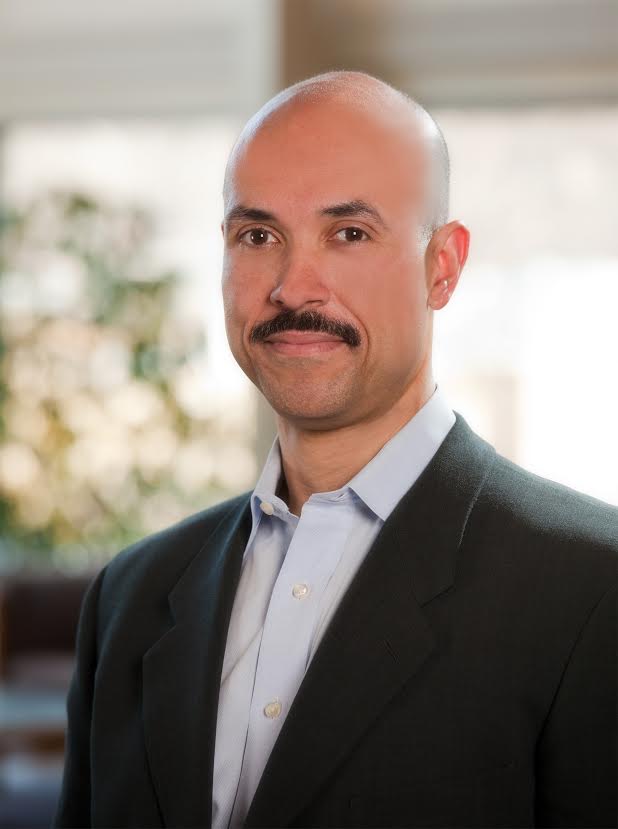Over the last few years, big data has made a big impact on healthcare. And while the industry has successfully managed to capture data, unfortunately much of it is being used in siloes.
Providers are jumping on to the next technology bandwagon that can help manage data, but the real challenge is to get actionable knowledge from this data, to help physicians make critical decisions at the time it matters most. Take the example of a patient on the general floor of a hospital. During non-emergencies, the patient will likely get monitored every 3-4 hours. During this time, the patient is connected to systems that are monitoring vital stats; however, none of this real-time data is being captured. Therefore, we have no way of determining if the patient suffered any drastic fluctuations, or how he or she reacted to certain treatments. There is critical information that we are losing, which could help provide a much more complete view of the patient's health.
Take the example of a patient on the general floor of a hospital. During non-emergencies, the patient will likely get monitored every 3-4 hours. During this time, the patient is connected to systems that are monitoring vital stats; however, none of this real-time data is being captured. Therefore, we have no way of determining if the patient suffered any drastic fluctuations, or how he or she reacted to certain treatments. There is critical information that we are losing, which could help provide a much more complete view of the patient's health.
Fortunately, today we do have technologies that are starting to leverage this real-time information, combined with a patient's existing health records, to generate meaningful, actionable knowledge that can impact outcomes. For example, there are solutions that can simultaneously track a patient's heart rate, blood pressure, body temperature, oxygen saturation and respiration rate. By compiling these into an algorithm and generating a simplified data point helps physicians determine on the spot, whether or not the condition is going to worsen. This can allow physicians to determine the severity, provide preemptive care and prevent further deterioration. It can also reduce the cost of care by preventing expensive emergency department visits.
Such technologies bring us a step closer to truly appreciating the scope of predictive analytics within healthcare — determining the connection between data points to identify trends and potentially improve the quality of care and overall patient outcomes. For example, equipped with the technologies to combine real-time and historical medical records, we can now analyze how that patient on the general floor reacted to a certain treatment. We can use that knowledge to see if other patients are presenting with similar symptoms and reactions, and revise the course of treatment to develop better care for entire populations. From the payer's perspective, this insight can help develop more effective medication, perhaps for even earlier intervention.
Moving forward, the industry can brace itself for even more data, especially with genomics entering the equation. Gene sequencing may become a routine practice. To give some perspective, a single human body contains nearly 1GB of information, which may not be a lot on its own. But imagine gathering that kind of data for the population of a city like Chicago — that comes out to 2.7 million GB of data! That's a lot of valuable information that can be used to create better treatments and improve the delivery of healthcare in the future.
Undoubtedly, this is a mammoth task. And one that is certainly beyond the scope of a single stakeholder. Fortunately, accountable care organizations are driving all stakeholders to mobilize toward the common cause of improving patient outcomes and reducing inefficiencies. The financial incentives (or penalties) are certainly helping the cause! We will increasingly see more and more patients becoming engaged in proactively managing their own care, which is driving the need for a more integrated approach to care overall.
The days of looking at big data as a technology rather than a tool to enable healthcare are long gone. Providers, payers and even pharma, will have to continue to work together to create a more connected and comprehensive system that caters to the needs of the patients throughout their journeys across the continuum of care, from the point of preliminary diagnosis, to the hospital and ultimately to the home.
Dr. Anthony Jones is the Chief Marketing Officer for Philips Healthcare's Patient Care and Monitoring Solutions business group, overseeing all strategic and field marketing activities, pricing, messaging, partnerships and alliances.

